It Has Been 30 Years Since Aston Martin Created A Monster Out Of The Virage
Images: Max Earey/Aston Martin Customer Service Division
Aston Martin Works—the heritage home of the great British luxury car maker—is marking 30 years since the debut of, arguably, one of the marque’s most memorable and desired ‘niche’ models: the Aston Martin Virage and Virage Volante 6.3-litre conversion.
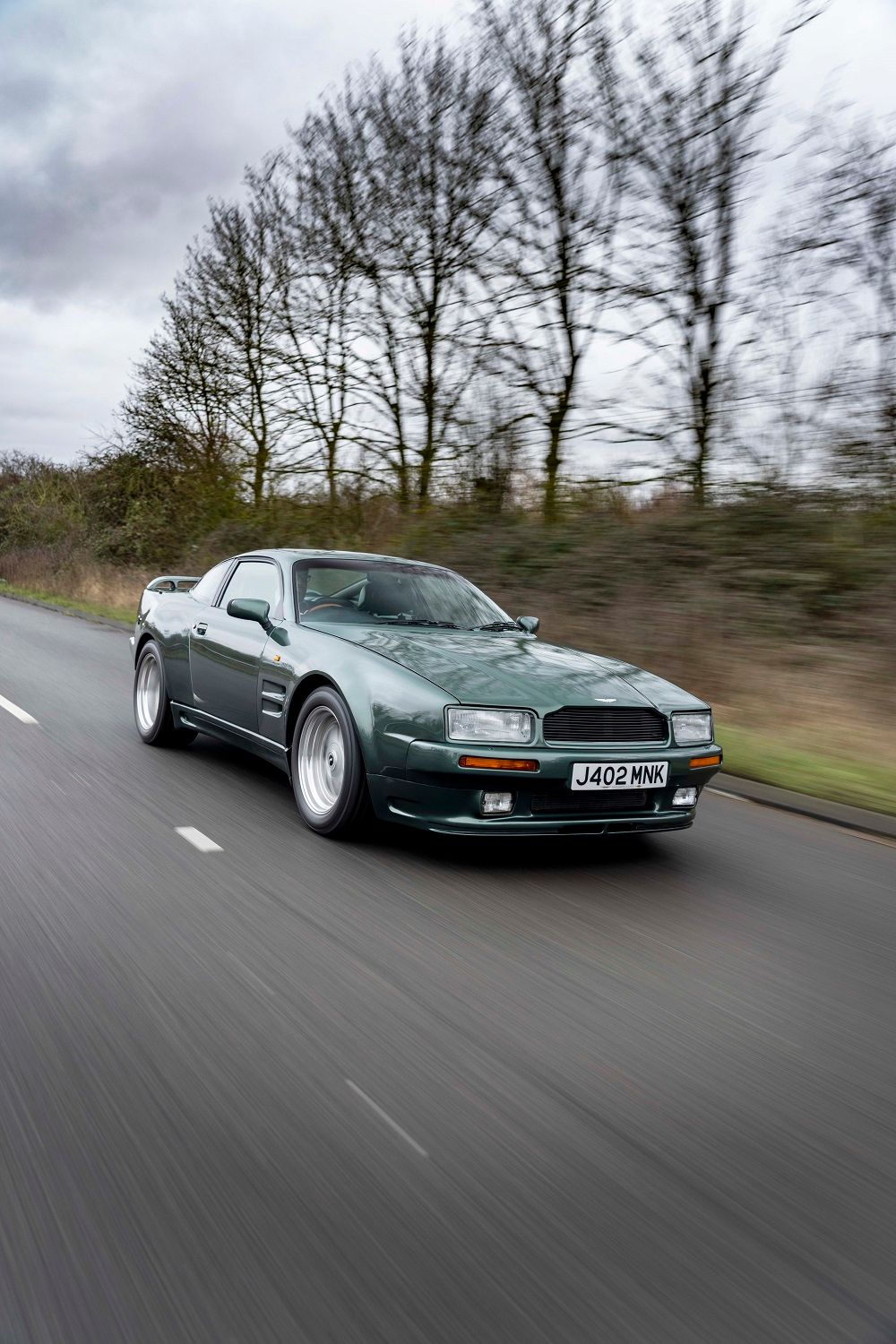
Created as a comprehensive upgrade package for the ‘standard’ Virage—launched in 1989 to much excitement, not least for being the first entirely new Aston Martin in 20 years—the 6.3-litre conversion was made available by the brand’s Customer Service Division (now known as Aston Martin Works) in the early months of 1992.

Embracing the ‘more is more’ ethos of the time, the 6.3-litre conversion made the Virage one amongst the most potent sports cars of its day with suspension, braking and comprehensive styling changes complementing the huge uptick in power and performance.
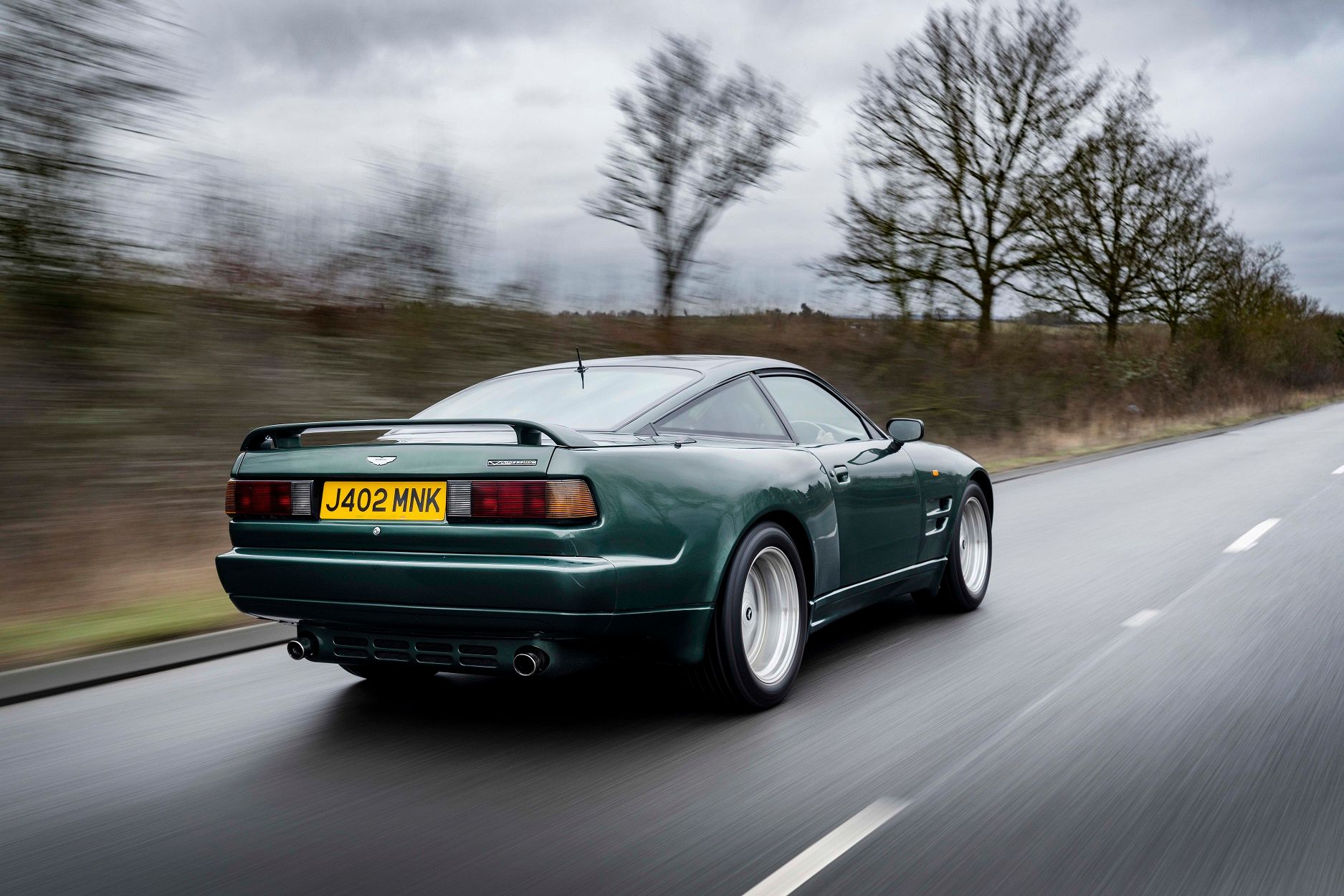
The Virage 6.3 has its roots firmly in the marque’s motorsport activities of the time. The late 1980s saw Aston Martin return to sports car racing after a 25-year hiatus with its AMR1 Group C machines contesting the World Sports Prototype Championship in 1989.
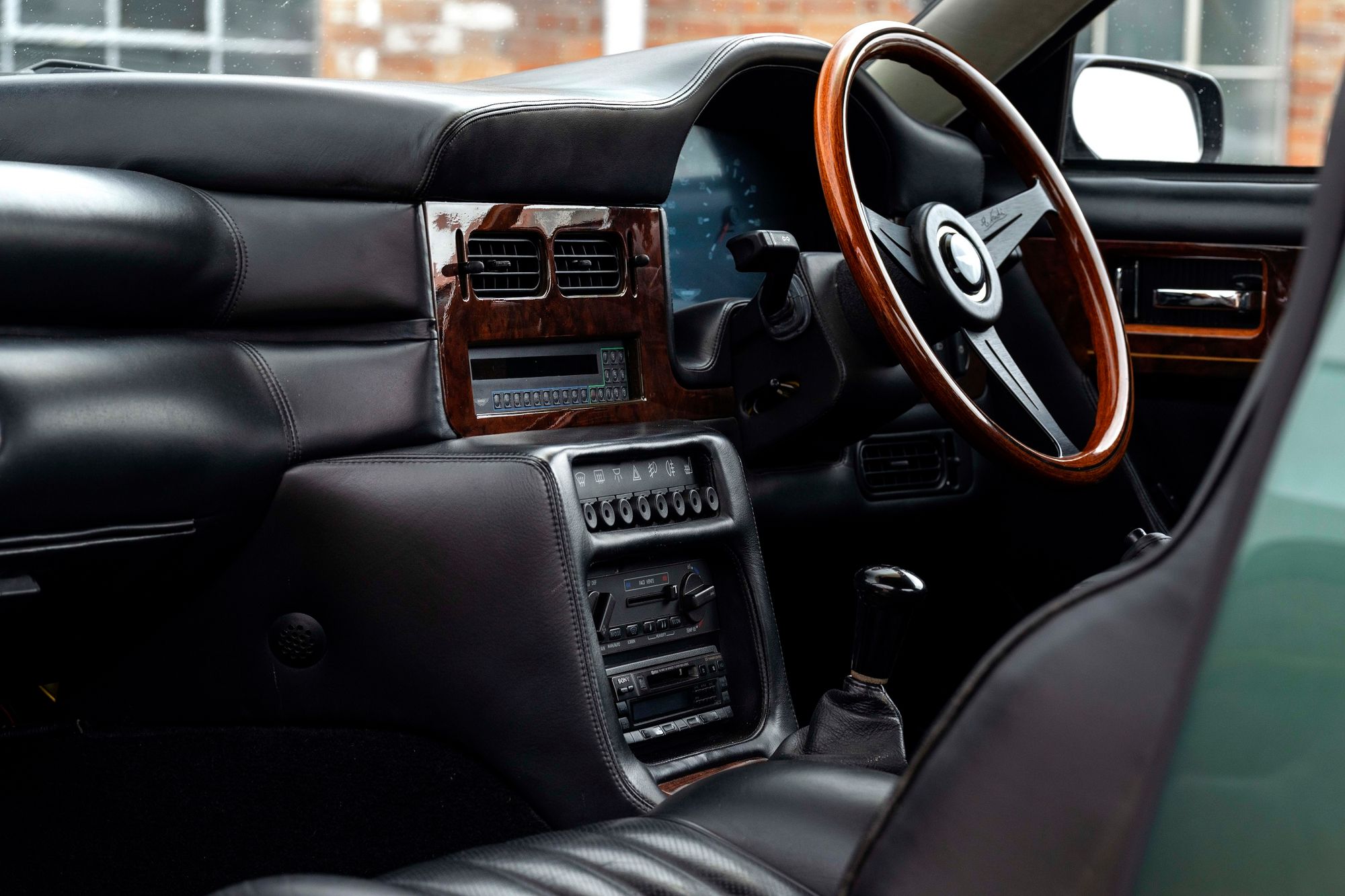
The racing programme saw the capacity of Aston Martin’s all-alloy V8 increase from its standard 5.3 to 6.0 and, later, 6.3-litres. Naturally, then, when the Virage debuted with the V8 in four-valve form it was only logical that it should in due course be offered with the option of 6.3-litre power.
And what a difference that engine upgrade made! At its launch, the standard Virage Coupe’s 5340cc V8 was good for around 330bhp at 5300rpm, and 350 lb/ft of torque at 4000rpm—hardly modest by the standards of the day.
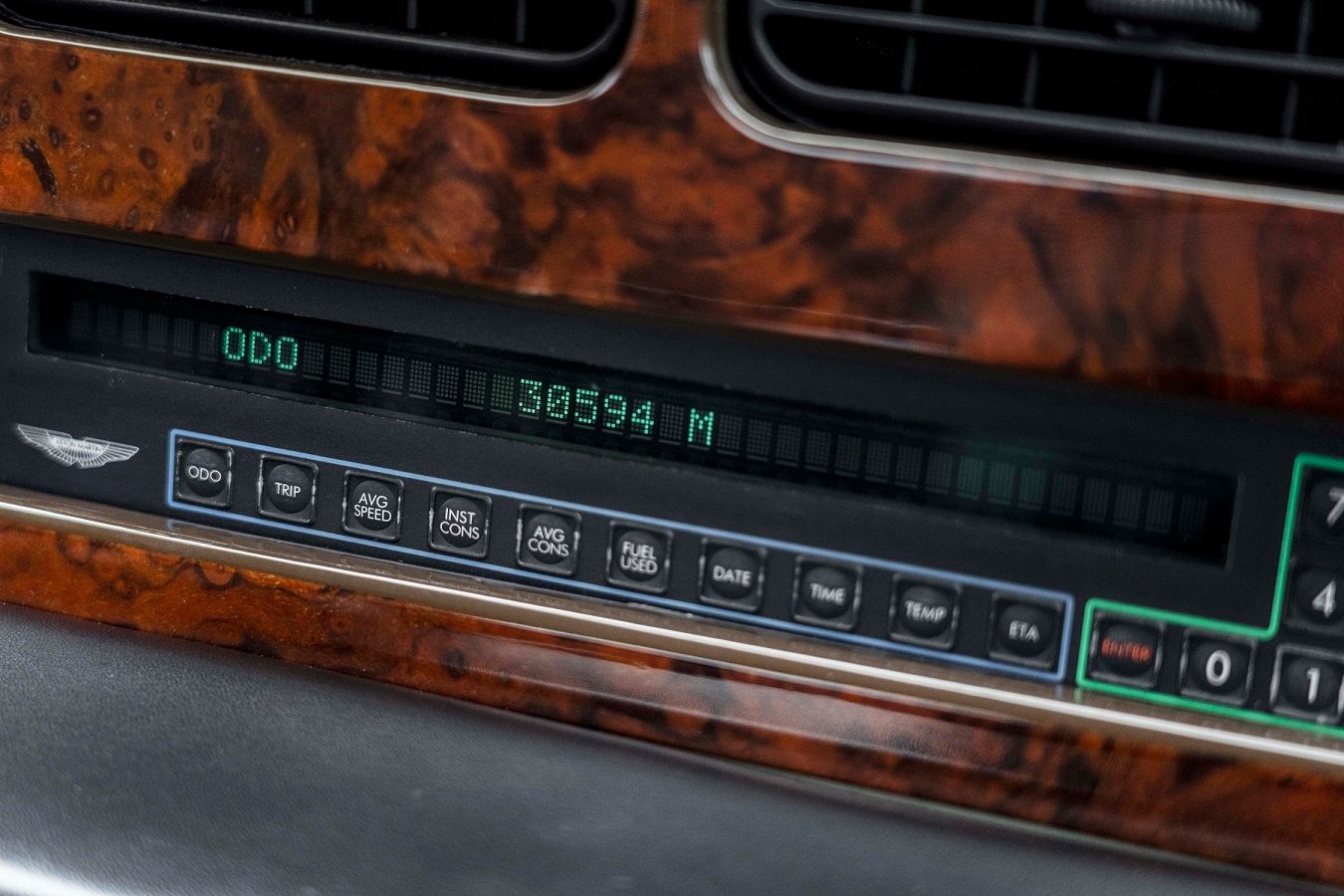
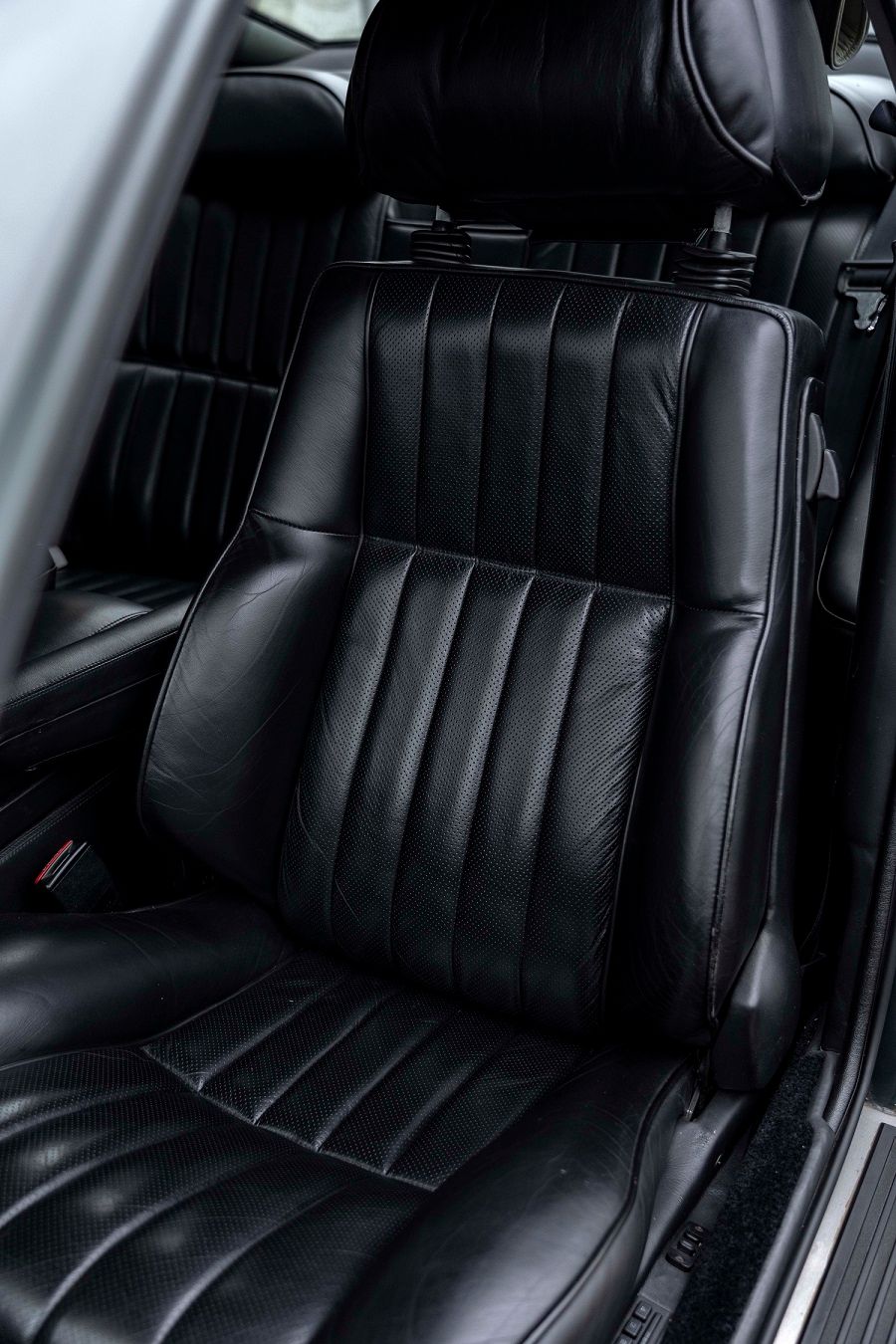
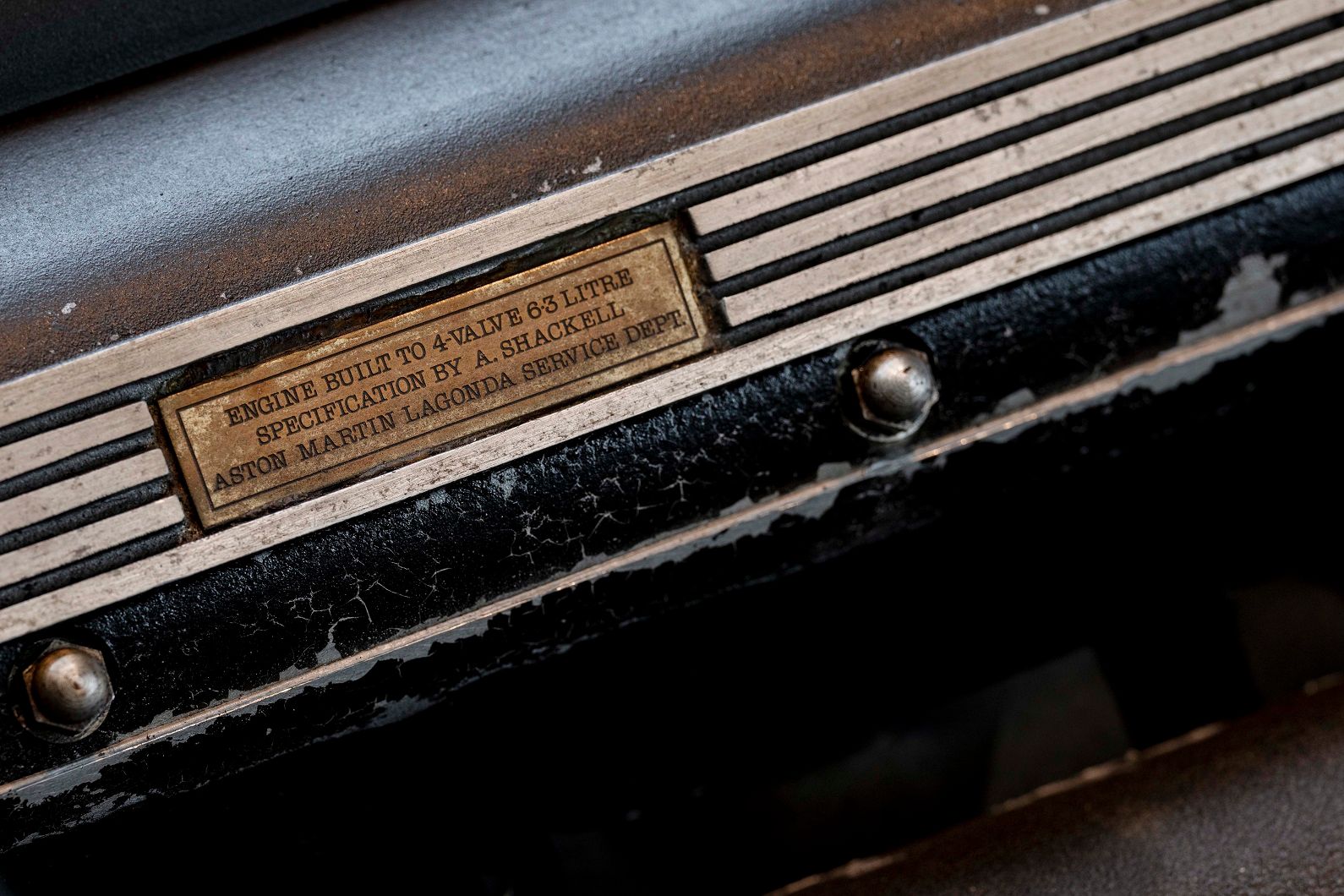
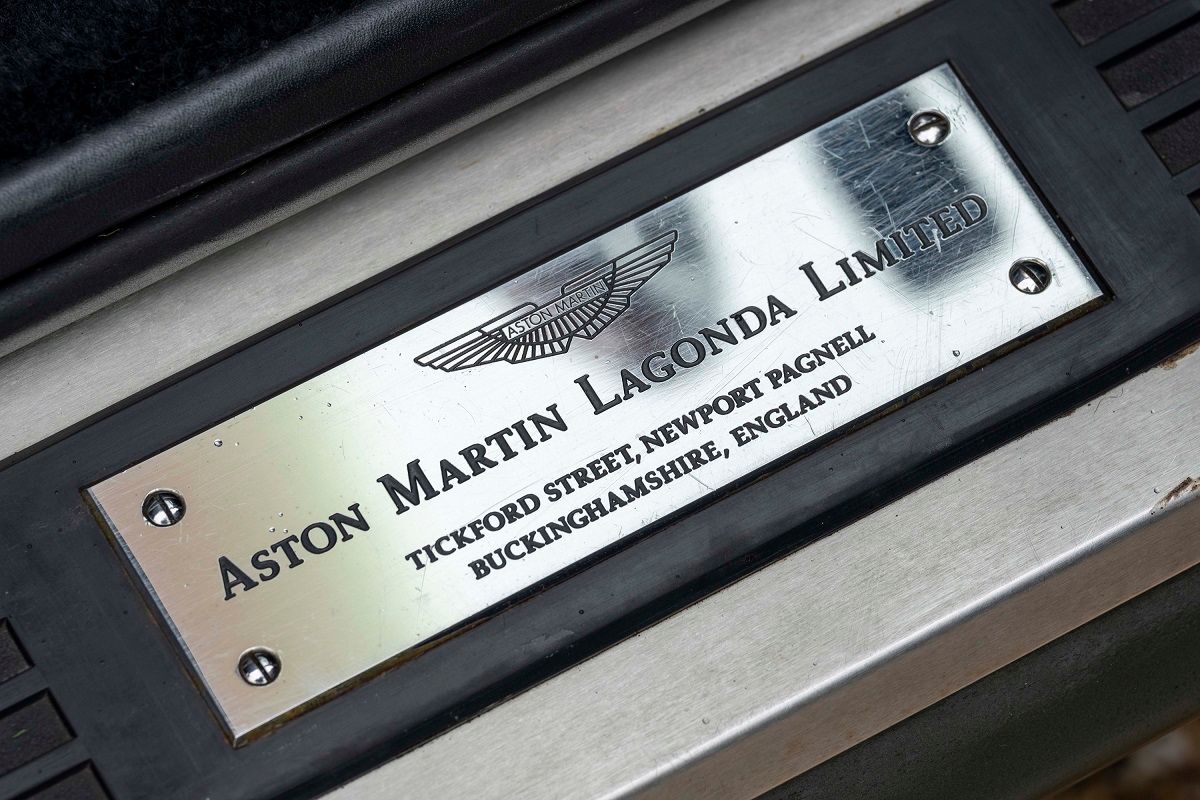
However, with the 6.3 conversion the Virage became nothing less than brutally powerful. That reworked 6347cc engine now gave 500bhp at a heady 6000rpm, while torque grew to 480 lb/ft at 5800rpm; with 400 lb/ft of that on offer at only 2500rpm, meaning a largely flat torque curve to boot.
The numbers were breathtaking!
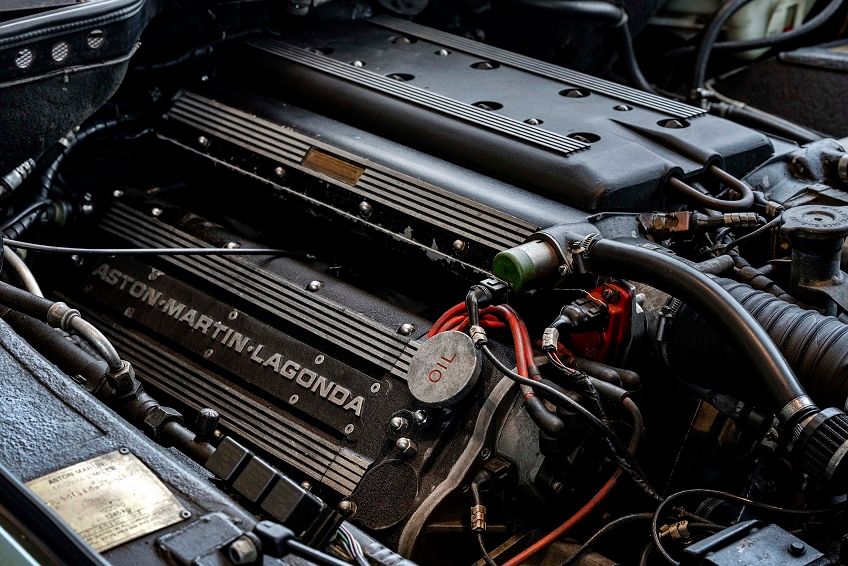
This 1,969 kg machine (4.74 metres from nose to tail and a few millimetres shy of two metres wide) could sprint from rest to 62mph/100 km/h in 5.1 seconds. 0–100mph/160 km/h took a mere 11.5 seconds while the top speed was an entirely adequate 174mph (280 km/h).
The engine featured specially manufactured Cosworth racing pistons, a new crankshaft, modified cylinder heads and new inlet camshafts. These were combined with modified Weber/Alpha sequential fuel injection, a comprehensively re-mapped engine management system and special exhaust catalysts.
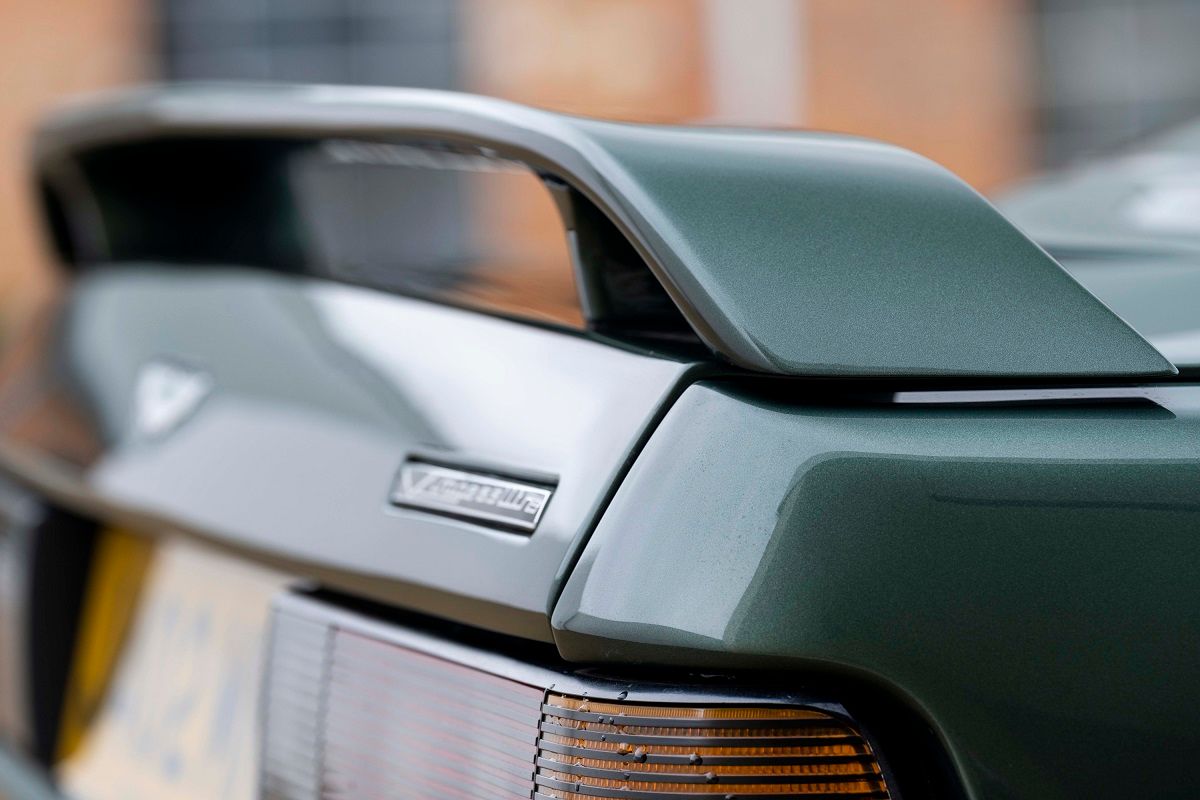
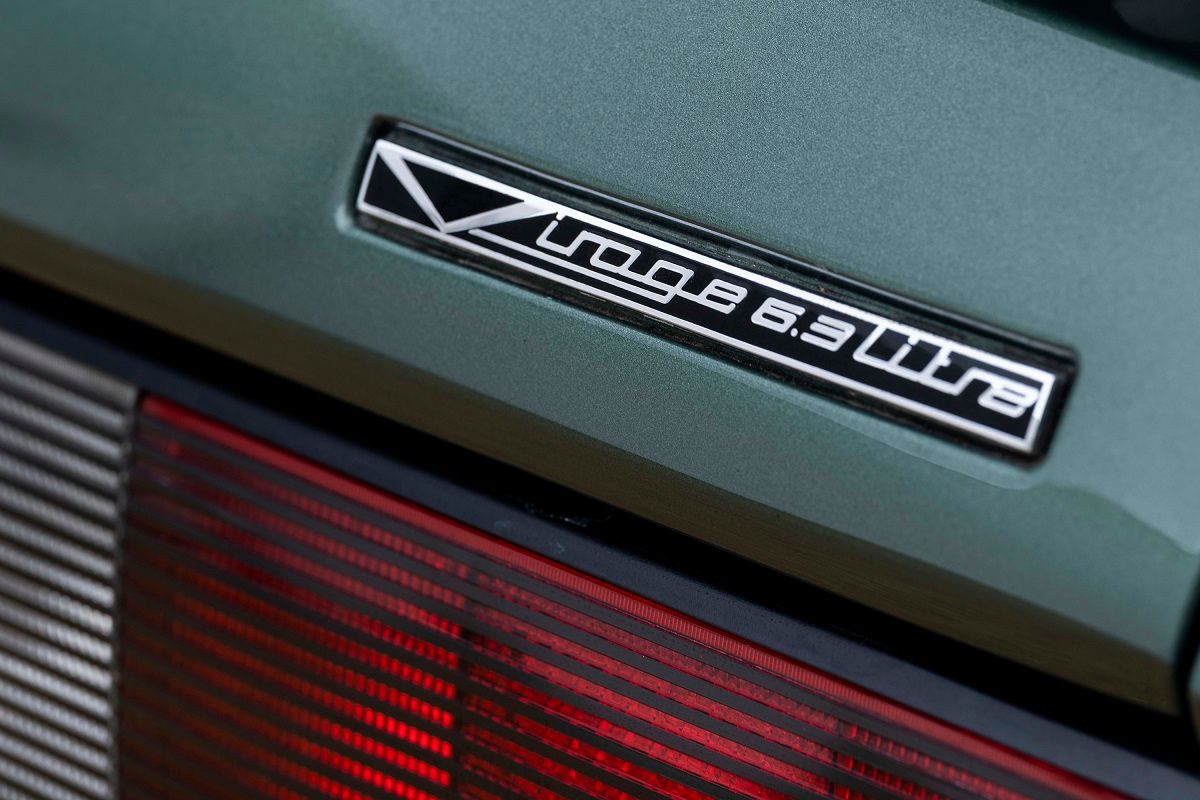
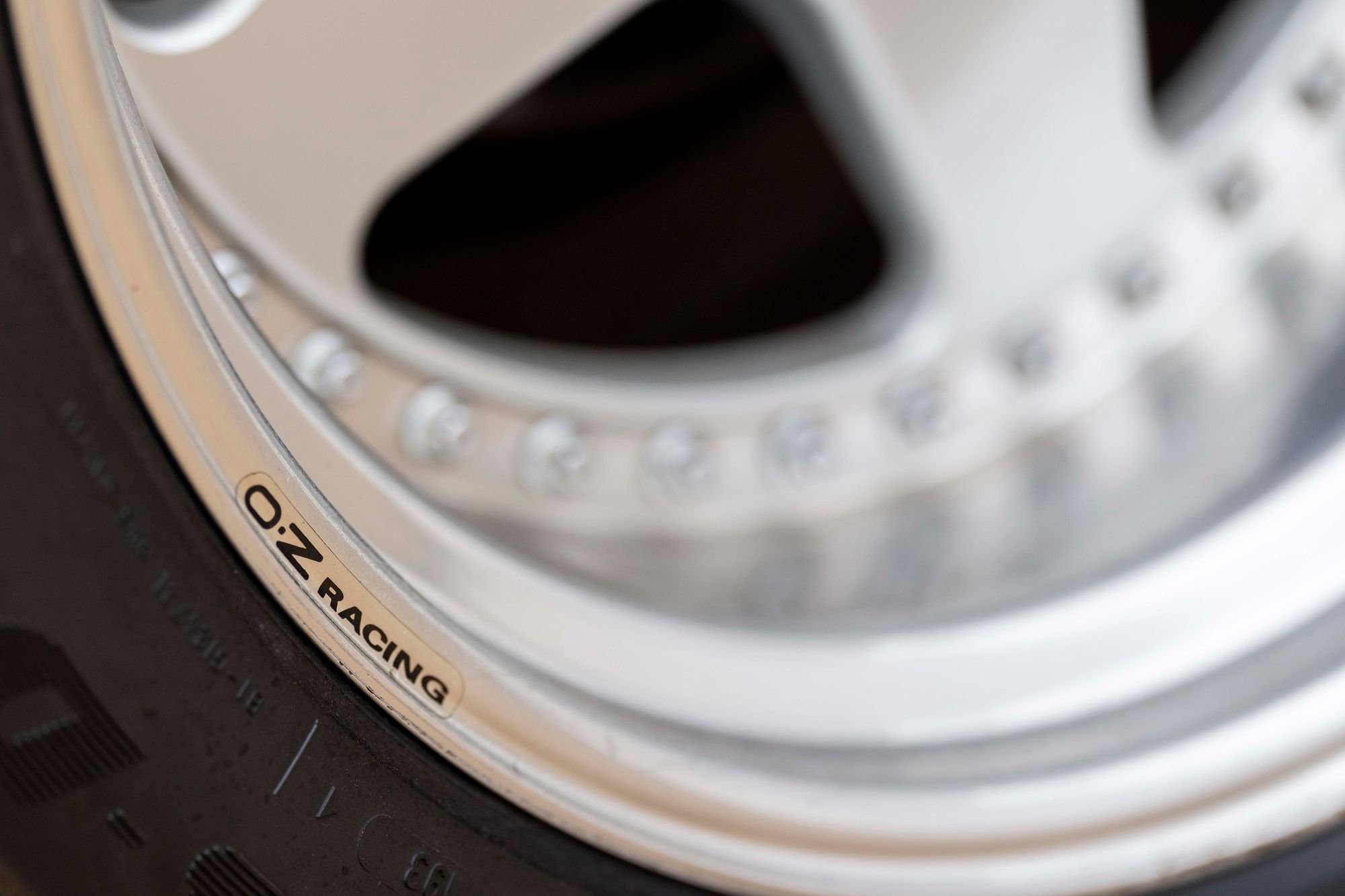
The 6.3 conversion’s dramatic increase in power and performance naturally necessitated a corresponding upgrade in the Virage’s suspension and braking capabilities. The wishbone/coil spring front suspension and the de Dion rear tube, with radius arms and Watt linkage, featured newly designed rose joints all round together with uprated springs, bespoke dampers, a larger front anti-roll bar, and the fitment of an anti-roll bar at the rear.
Detail geometry changes and improved steering rack mountings further improved driver feedback.
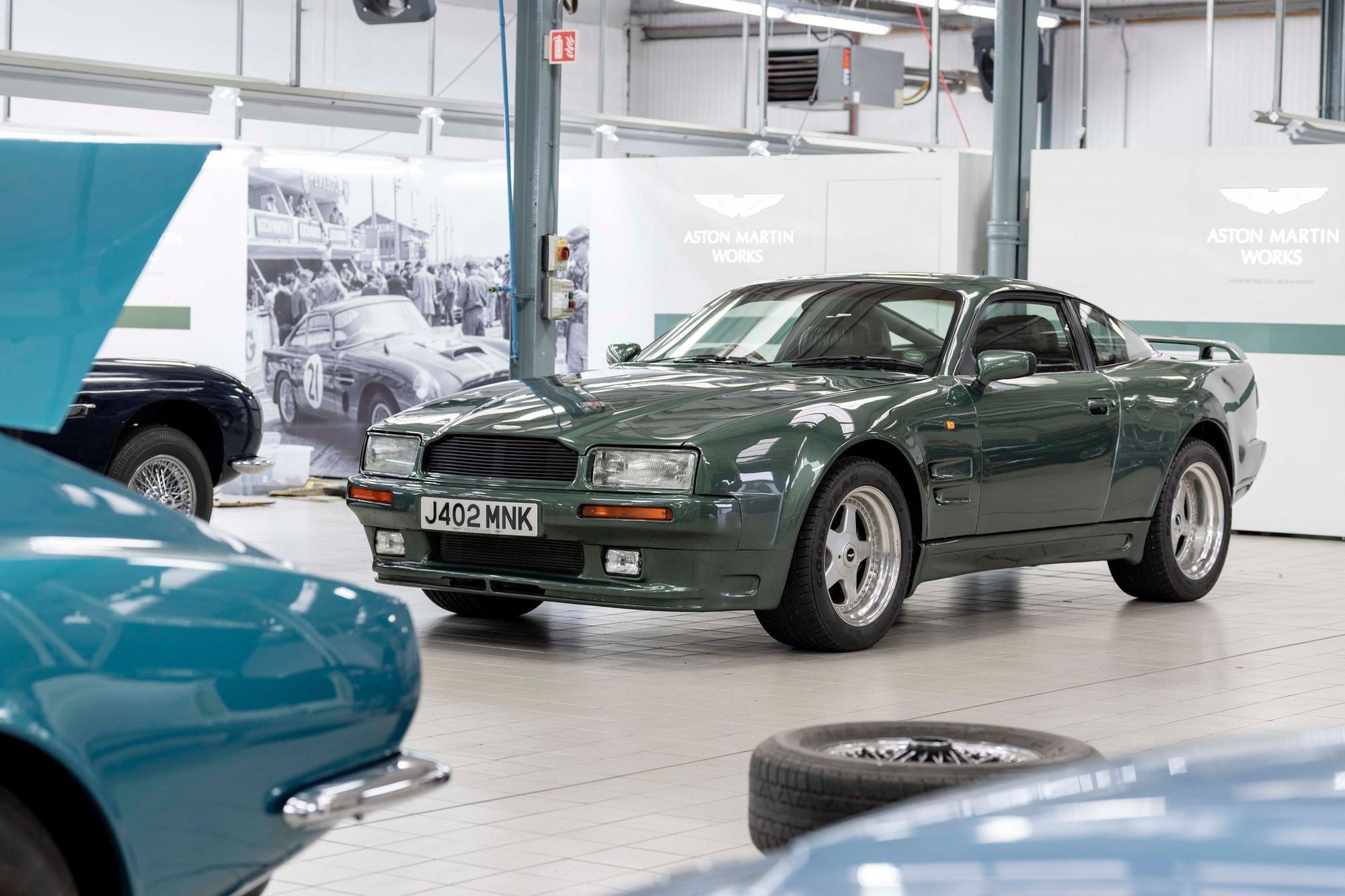
The 6.3 conversion boasted five-spoke 10.5x18-inch OZ alloy wheels while the 285/45 ZR Goodyear Eagle tyres were tasked with transmitting that prodigious power to the tarmac.
Bringing two tonnes of Aston Martin to a controlled halt from 280 km/h was no mean feat either, and to that end, the 6.3 conversion was fitted with ventilated and cross-drilled disc brakes all round, derived from the AMR1 Group C sports car and featuring an electronically controlled four-channel anti-lock system.
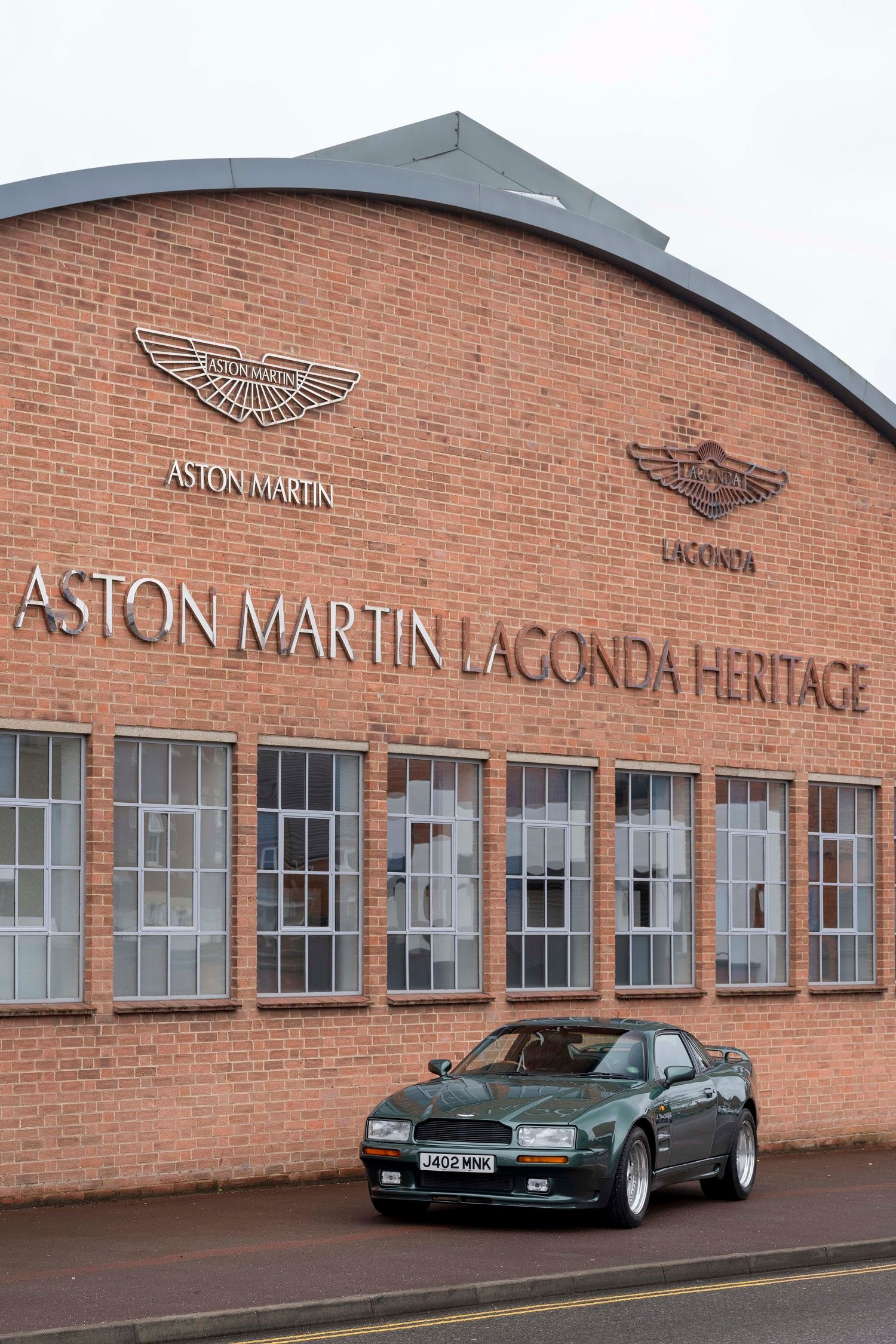
Aston Martin sold a grand total of 46 cars in 1992—all Virage—and of those, a good number would certainly have then visited what is today Aston Martin Works for the 6.3 conversion work to be carried out over the course of 12 weeks or so, per car.
Aston Martin Historian, Steve Waddingham, explained: “This ingenious offering created by the brand’s Customer Service Division not only created a huge amount of positive media interest in the marque but also provided many of our well-heeled customers with the opportunity to acquire an iconic road car with real motorsport heritage.”
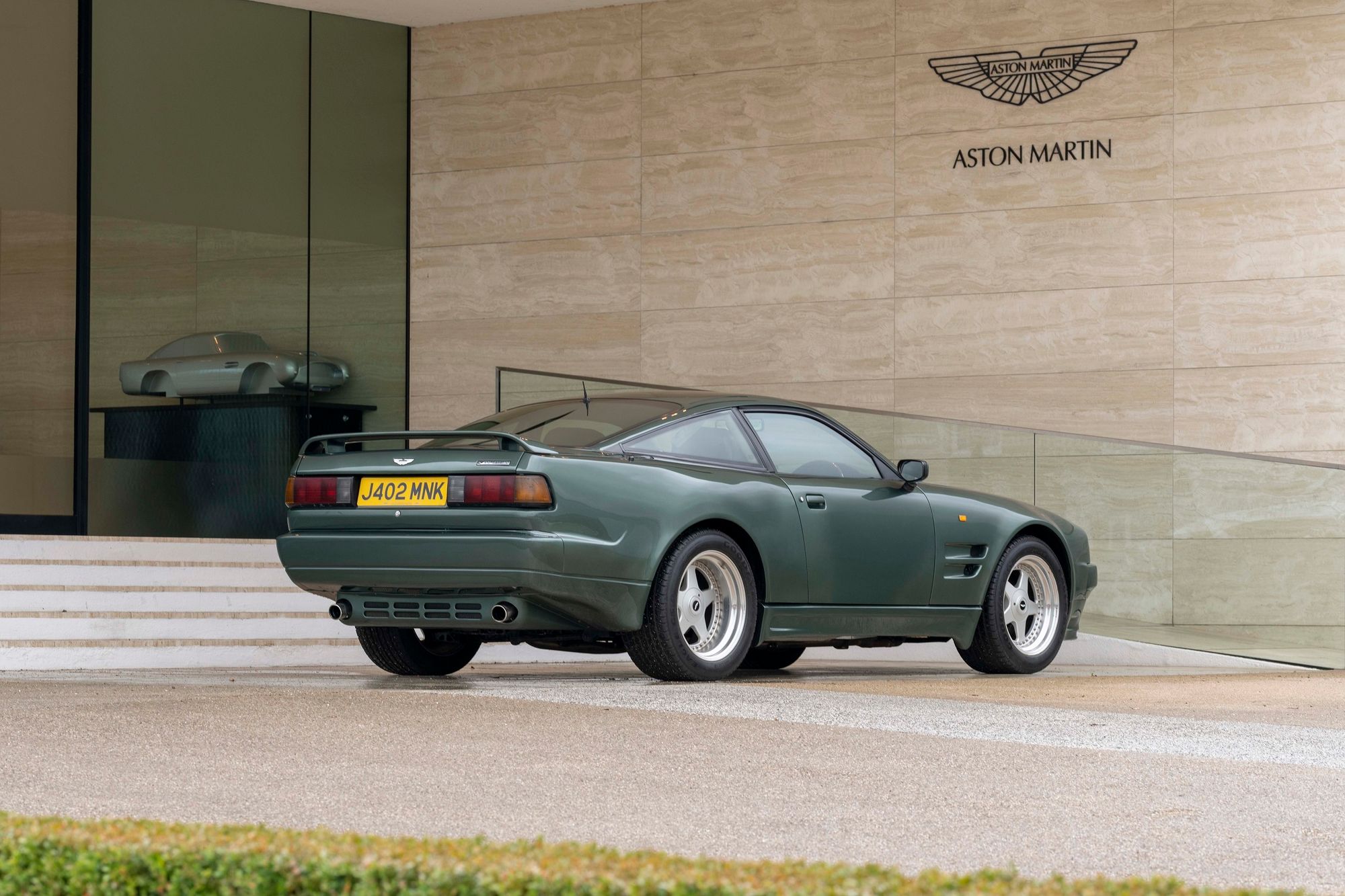
Comments
Sign in or become a deRivaz & Ives member to join the conversation.
Just enter your email below to get a log in link.

